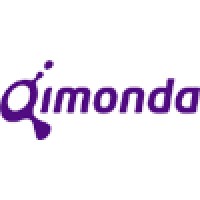Samsung Semiconductor
Established in 1974 as a subsidiary of Samsung Electronics, we’re proud to be recognized as one of the leading chip manufacturers in the world. Using our knowledge in semiconductor technology, our ambition is to spark the imagination of device manufacturers with top-of-the-line building blocks and, through that, enrich the lives of people around the world with transformative solutions.






